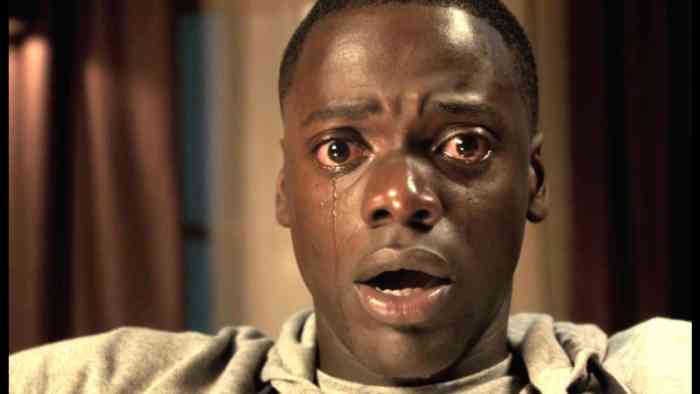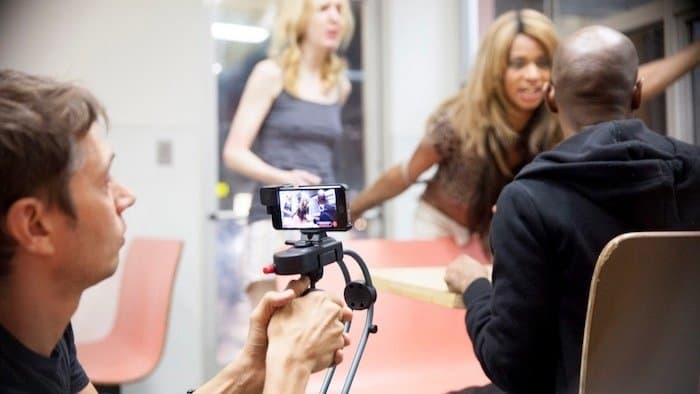
My first job in filmmaking was at Universal Studios. I was excited and buzzed that I’d finally got my step in the door. What I saw was like in The Wizard of Oz, where they stepped behind the curtain and saw it was just an old man on a stool pressing buttons.
The film that was released when I was there was the infamously awful Battleship (Starring Liam Neeson and Rhianna). Everyone in Universal knew it was going to flop hard. They thought that by throwing money at it, it would somehow get better. It didn’t.

The film cost $210 million and had an advertising budget in the region of another $40 million. The film netted around $33 million in the US. It made up for it a bit with international sales, but the film lost a horrific amount of money.
What was more awful than the quality of the film was the decision behind how it got green-lit. Transformers changed the cinemascope in Hollywood. It was one of the most successful franchises and the first three films grossed over $2.5 billion dollars worldwide. Transformers (the actual toys) were made by Hasbro. Guess what is also made by Hasbro? That’s right, the board game Battleship. Universal executives looked at how successful the Transformers toys made by Hasbro were in the film and they thought the formula could be applied to another one of their products. They spend $210 million dollars on a film based on a board game because they backed this formula. Sadly, they were very, very wrong.

It’s safe to say people weren’t happy about it but nobody lost their jobs. This formula of tried and tested is killing the Hollywood system and it’s why LA is feeding films like Baywatch 2 to audiences who are getting sick and tired of it.
Think of how many independent films could have been financed with Battleship’s budget. Jordan Peele’s Get Out was a good example of this, a film that cost $4.5 million that went on to gross $255 million! People loved it and it rightly won an Oscar. It was bold, it was brave and it didn’t follow the Hollywood inertia formula.
The scary question is – where is our next generation of filmmakers going to come from?

One of the biggest shifts that the industry has seen has been the democratization of the filmmaking process. Filmmaking has never been cheaper to do. A film shot on an iPhone killed it at Sundance (Tangerine 2015). We have the technology in our pockets to do it. Crowdfunding sites like Kickstarter have provided filmmakers with new sources of funding. People no longer have to wait around for Hollywood’s formulaic garbage. We can make it on our own!
Our next film The Devil and Daniel Radcliffe talks about just that. But we need to raise an additional £25k to go towards the budget in order to get it made. Anything you can give is hugely appreciated: www.thedevilanddanielradcliffe.com
Article written by Paul Willis and given to us to publish exclusively here on Back to the Movies
Writer, Director, Producer @DigitalorDead





